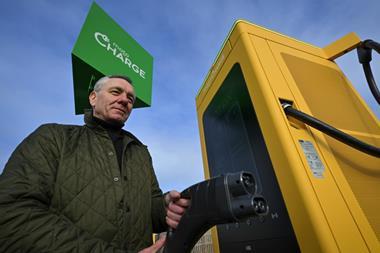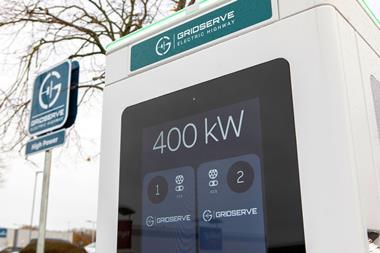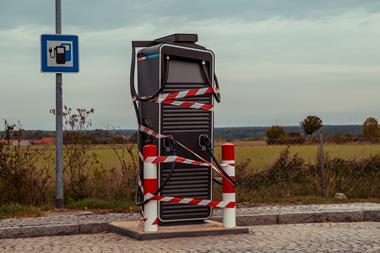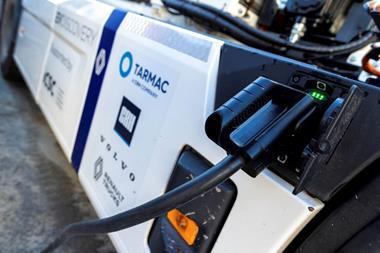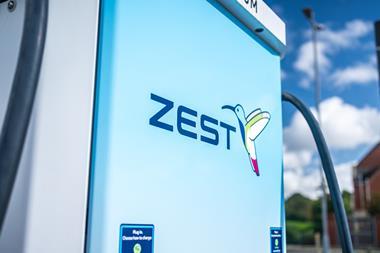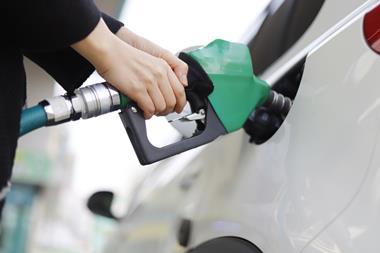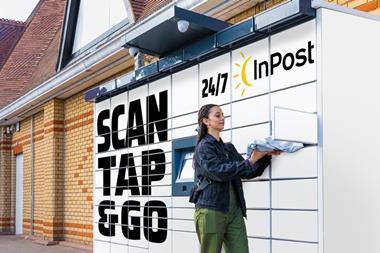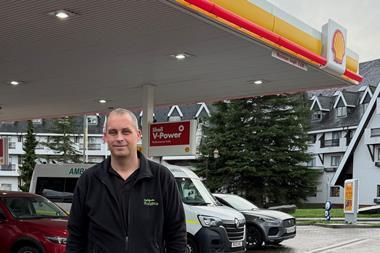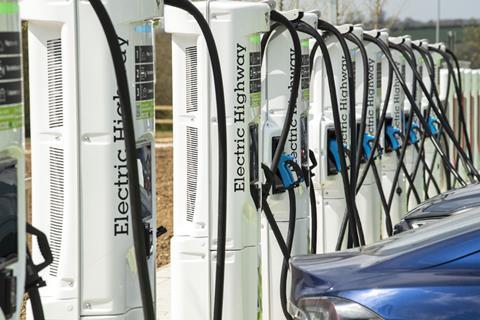
The government has published regulations which will cover operators of publicly available EV chargers across all of the UK, and require 99% reliability from rapid charger networks.
In an accompanying memorandum the Department for Transport said the regulations would address issues which were acting as a barrier to take-up of EVs. It said: “Improvements are being made by industry but not at the pace required to match the uptake of EVs.”
It added: “These issues tend to fall into four areas: payment, pricing, data and reliability. These are the areas that require the most improvement to prevent a double standard emerging, where those with driveways can charge reliably and easily at home and those without, struggle to find working charge points that are easy to use.”
Under the new regulations operators will have one year to ensure contactless payment is available with all chargers with a power of 8kW or more.
Payment roaming will be required within two years of the regulations coming into force, to enable drivers to use a single app or Radio Frequency Identification (RFID) card across multiple charge point networks, and charge point operators will have to ensure that they connect to at least one third party roaming provider.
The regulations will also require 99% reliability for each charge point operator’s network of rapid charge points, measured as an annual average. A 24/7 free-to-use staffed telephone helpline must also be offered for all public charge points to support consumers struggling to charge.
It adds: “The instrument relates only to rapid charge points due to the critical nature of their role for long-distance journeys and commercial drivers. Government will review extending this requirement to slower charge points 24 months after the legislation is introduced.”
Operators will also be required to make information available so consumers can check whether a charge point is in use and working before they arrive. They will also be required to use pence per kilowatt hour (p/kWh) as the standard pricing metric for all public charge points so consumers can easily make price comparisons.
Commenting on the news, RAC electric vehicles spokesman Simon Williams said: “We’re pleased to see the government has acknowledged there’s a need to improve drivers’ experience at public chargers and has now set out some clear actions to address this. This has the potential to reassure many more people that switching to an electric vehicle makes sense, which is vital the closer we get to 2030 when the sale of new petrol and diesel cars will end. Ensuring drivers only need to download and use a single app is a huge step forward from where we are today.
“We hope operators of rapid and ultra-rapid charging hubs will not just clearly display pence per kilowatt hour prices on chargers themselves but also on prominent digital signage similar to fuel price ‘totems’ which drivers are already very familiar with. We believe this is needed to make price comparisons easy for everyday EV drivers looking to charge up as cheaply as possible on a journey.”
Gill Nowell, head of EV communications for ElectriX, part of LV= General Insurance, said: “These regulations pave the way for the future of public charging in the UK. While great progress continues to be made by charge point operators, with chargers being rolled out at speed, it is essential for consumer confidence in electric cars that the public charging network is reliable and that chargers are easy to use, with contactless payment and operational data and pricing visibility.
“Rapid chargers have increased in number by 42% year on year but with a target of 300-700,000 public chargers by 2030, we need to maintain pace of roll out to stay on track for the UK’s electric revolution.”





















